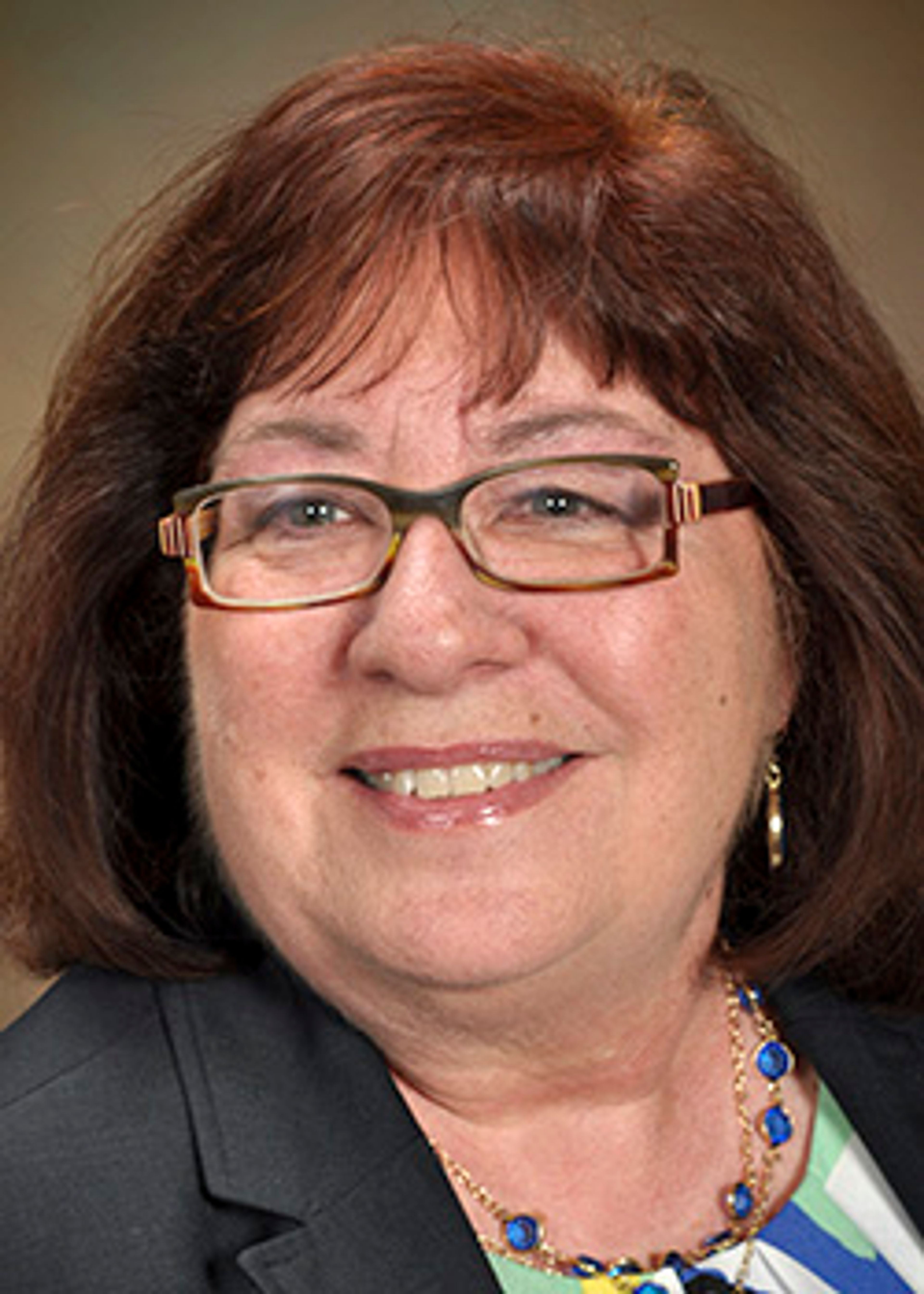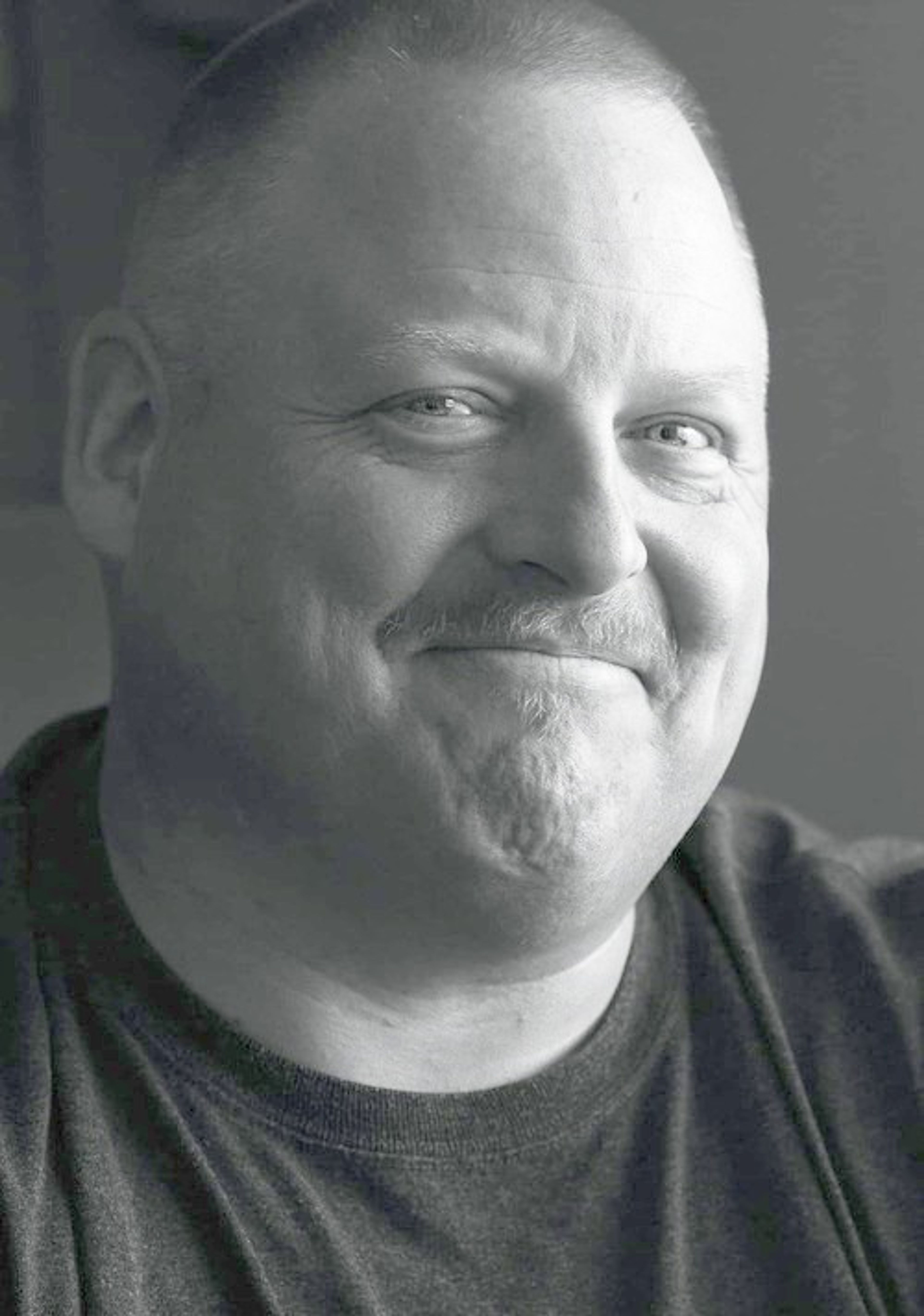I frequently say that people need to take responsibility for their actions. Today, I am shortening that statement to “take responsibility.”
Who is responsible for making sure you get up in time for work? You are. Who is responsible for putting food on your table? You are. Who is responsible for paying your debts? You are.
You are responsible for your well-being. You are the only person hurt by pawning that responsibility to someone else.
Taking responsibility is one of my core beliefs and principles, and it should be important to everyone.
This past weekend, I traveled to and from the Yakima of California — Palm Springs. It is OK to chuckle if you get the joke. During my travel, I sat through five take-off briefings for airplane safety.
It got me thinking about past columns I authored about airplane and travel safety. I thought it would be interesting to see if there was any updated information since my last column.
While sitting in an airport, I started researching airplane crashes and how to survive. It used to be said there was no “safest seat” on an airplane during a crash. However, in 2007, Popular Mechanics studied airplane crashes since 1971 and found that those in the rear one-third of the plane had better chances of survival. With this information, I started to sit in the rear of the aircraft.
In a fire, most people who die succumb to smoke inhalation, not the fire itself. This is very true in a plane crash, too. In fact, if you make it through a crash and the plane catches fire, you have a minute or two to escape before you will likely succumb to the smoke. With this information, I started to carry a smoke hood when I fly and stay in hotels.
The newest studies have changed some more of my traveling habits.
Did you know the oxygen masks that drop down are not necessarily connected to an extensive oxygen system on the plane? They are connected to a small object, about the size of a tennis ball, filled with chemicals. The system uses a chemical reaction to provide oxygen.
That chemical reaction only lasts approximately 15 minutes, which should be long enough for the pilot to move the plane to a lower altitude. They tell you to pull on the tube hooked to the mask to start the oxygen flow. Understanding this information will help you troubleshoot a problem. You must act fast; you can lose consciousness quickly at super-high altitudes.
In 2015, Time magazine conducted a study to find the safest seats on an airplane. Their analysis confirmed the earlier Popular Mechanics study. The front had the lowest survival rate, the middle section had the next highest survival rate, and the rear of the plane had the highest survival rate. The study also found that the middle seat was the safest, and the aisle seat was the least safe.
I do not consider myself a frequent flyer, but I travel by airplane approximately six to eight times a year. I still read the safety card in the seatback pocket as a refresher. It shows how to operate the doors and emergency slide and turn it into a raft.
Knowing exactly how many rows there are between you and an exit is imperative. In a crash, the plane will likely fill with thick black smoke, and you will have to crawl to the exit. Speaking of exits, it is best if you are within five rows of an exit to increase your chance of exiting the aircraft before the nasty smoke kills you.
Finally, a little about situational awareness. Kevin Reeve defines situation awareness as “paying attention to what is going on around you." This is knowing the number of rows between you and an exit. This is reading the safety card and listening to the pre-takeoff safety briefing. This is understanding what you wear on the airplane can save your life in an emergency.
One of the studies I read explained how astronomically low there is a chance that you’ll be in an airplane crash, let alone die in one. You pretty much have a better chance of being struck by lightning daily.
So, yes, the odds are low, but they are not zero! This is why people need to prepare, but when I look around me on an airplane, far too many people are wholly unprepared and will rely on someone else for their lives.
Doing some simple things can increase your chances of survival in the unlikely event of an emergency at 40,000 feet. Take responsibility!
Anderson was the co-host and producer of the award-winning conservative talk radio show before hanging up the headphones. Earning a degree in Philosophy helped further sharpen his renowned logic. He has a superb sense of right and wrong and advocates educating people instead of controlling them. He enjoys photography, woodworking, and sports. When he is not performing computer programming, he may be seen helping and volunteering in the community. He loves feedback at crier@cityofpullman.com.







